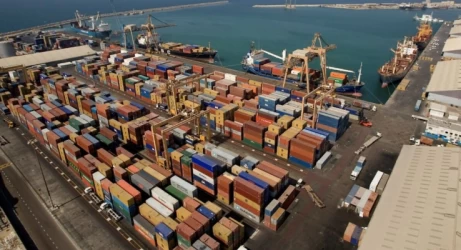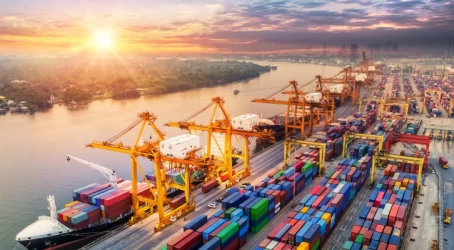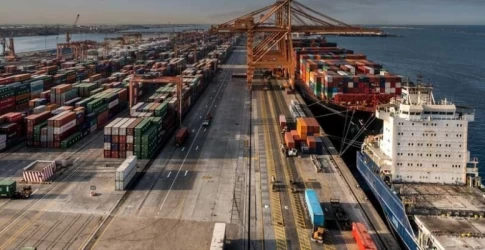Sea Freight in the Port of Beirut
The Port of Beirut, located on the eastern part of the Saint George Bay on Beirut’s northern Mediterranean coast, is one of the largest and busiest ports in the Eastern Mediterranean. It serves as a crucial gateway for Lebanon and the surrounding region, facilitating a significant portion of the country’s imports and exports.
Historical Background
The Port of Beirut has a rich history dating back to 1887 when it was granted to a French company during Ottoman rule. Over the years, it has evolved into a major hub for maritime trade, playing a pivotal role in Lebanon’s economy. The port’s strategic location at the crossroads of Europe, Asia, and Africa has made it a vital transshipment hub.
Infrastructure and Facilities
The port covers an area of approximately 1.2 square kilometers and features 16 berths. It is equipped to handle a wide range of cargo, including containers, general cargo, and bulk goods. The Beirut Container Terminal Consortium manages the container terminal, which has a capacity of over 1 million TEUs (Twenty-foot Equivalent Units) annually.
Economic Significance
Before the devastating explosion in August 2020, the Port of Beirut handled about 60% of Lebanon’s imports. The port’s operations are crucial for the country’s economy, providing employment and facilitating trade. The explosion, caused by improperly stored ammonium nitrate, resulted in significant damage to the port and surrounding areas, highlighting the port’s importance and the need for stringent safety measures.
Current Operations and Challenges
Despite the damage from the explosion, efforts have been made to restore the port’s operations. The Lebanese government has been working on rebuilding the infrastructure and improving safety protocols. However, the port still faces challenges, including corruption and inefficiencies that have plagued its operations for years.
Sea Freight Services
The Port of Beirut offers a range of sea freight services, including container shipping, bulk cargo handling, and logistics support. Several shipping companies operate through the port, providing connections to major global trade routes. The port’s facilities are designed to accommodate various types of cargo, ensuring efficient handling and storage.
Future Prospects
The future of the Port of Beirut depends on continued investment in infrastructure and reforms to address corruption and inefficiencies. With its strategic location and potential for growth, the port can continue to play a vital role in Lebanon’s economy and the broader region.
Conclusion
The Port of Beirut remains a key player in the maritime trade of the Eastern Mediterranean. Despite the challenges it has faced, the port’s strategic importance and potential for growth make it a critical asset for Lebanon. Continued efforts to rebuild and improve the port’s operations will be essential for its future success.
If you have any specific questions or need more detailed information about sea freight services at the Port of Beirut, feel free to ask!











